How Coca Cola took over the world – take two
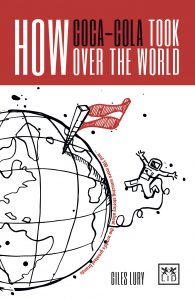
My new book of stories “How Coca Cola took over the world…and 100 more amazing stories about the world’s greatest brands” will be published in April. The story behind the title tells one tale of how Coke celebrated its worldwide fame. This is a different story but on a related theme – so as the brand might say itself “enjoy”
And the walls came tumbling down
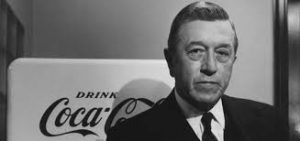
Robert Woodruff, former chair of The Coca-Cola Company set out a vision in 1923 that Coca-Cola should always be ‘within an arm’s reach of desire’.
In the following decades and even throughout the Second World War Coke became ubiquitous across most of this little planet of ours. However, there were still places the brand couldn’t and didn’t reach.
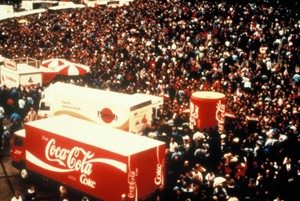
On November 9th 1989, a new territory was added to the Coke world as the Berlin Wall came tumbling down. Amongst the thousands of pictures taken in the following hours and days there is one that shows two men heaving cartons of Coca-Cola bottles over the wall.
 One of the men pictured was Paul-Gerhard Ritter. He was managing director of the Coca-Cola bottler in Lichterfelde.
One of the men pictured was Paul-Gerhard Ritter. He was managing director of the Coca-Cola bottler in Lichterfelde.
It was a particularly poignant moment for Ritter. He had originally come from the East. He attended a school in the GDR until he was eight, moving with his family to West Berlin in 1957, four years before construction of the wall began.
So, whether he just wanted to celebrate the momentous occasion, to take advantage of a wonderful PR opportunity or to combine the two thoughts is not known, but he clearly realised that the Cold War was coming to an end and a new era was starting.
As soon as he heard that the wall was coming down, he ordered three trucks to be filled with Coca-Cola and driven to Kudamm where the East Berliners were now crossing the border.
Within two hours of their arrival, the three trucks were empty and many new arrivals duly refreshed.
In the first week after the fall of the Wall, two million people drank a toast to freedom with a Coke. By March 1990 Coca-Cola Erfrischungsgetränke GmbH was set up as a separate company in East Germany.
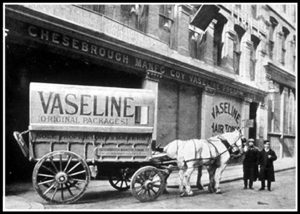
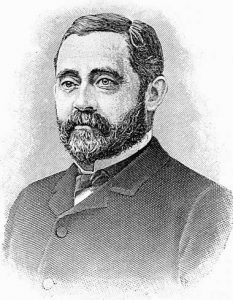 Robert Chesebrough was British chemist who worked distilling the oil form sperm whales into lighting fuel, but recognised that time was running out for whale oil and the future lay in petroleum.
Robert Chesebrough was British chemist who worked distilling the oil form sperm whales into lighting fuel, but recognised that time was running out for whale oil and the future lay in petroleum.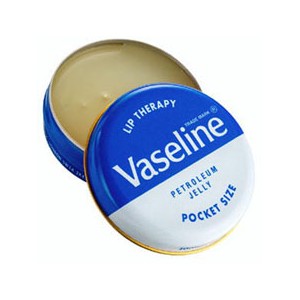
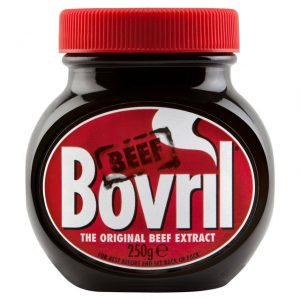
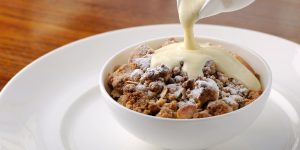
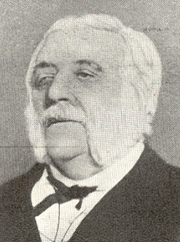 Now the exact date in 1837 on which Alfred Bird presented a bowl of custard to his wife is not known, but whenever it was it clearly won him some serious brownie points.
Now the exact date in 1837 on which Alfred Bird presented a bowl of custard to his wife is not known, but whenever it was it clearly won him some serious brownie points.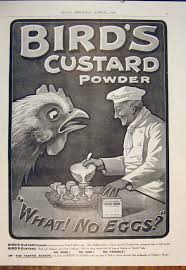
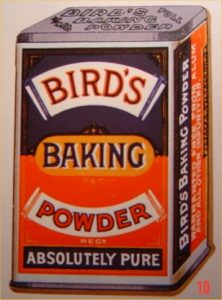 A few years later Alfred proved what an ideal husband he was again, when in 1843 came up with a yeast substitute which at first was called ‘’Bird’s Fermenting Powder’’ but was quickly renamed “Baking Powder’’. It not only helped people like Elizabeth who had a yeast allergy but was used widely to help people bake lighter bread, cakes and pastries.
A few years later Alfred proved what an ideal husband he was again, when in 1843 came up with a yeast substitute which at first was called ‘’Bird’s Fermenting Powder’’ but was quickly renamed “Baking Powder’’. It not only helped people like Elizabeth who had a yeast allergy but was used widely to help people bake lighter bread, cakes and pastries.